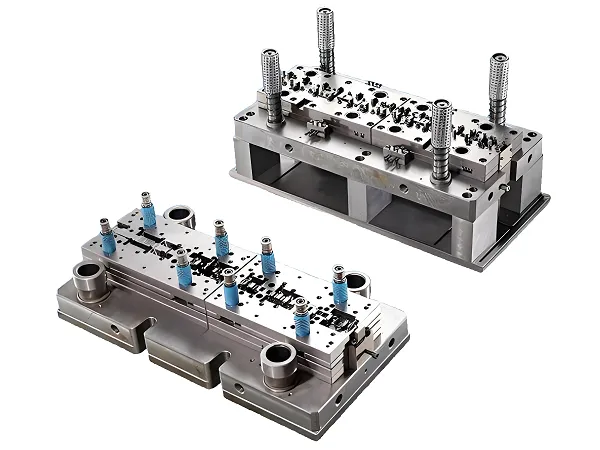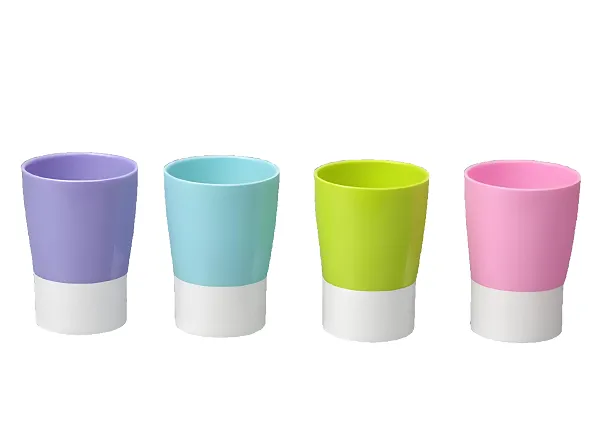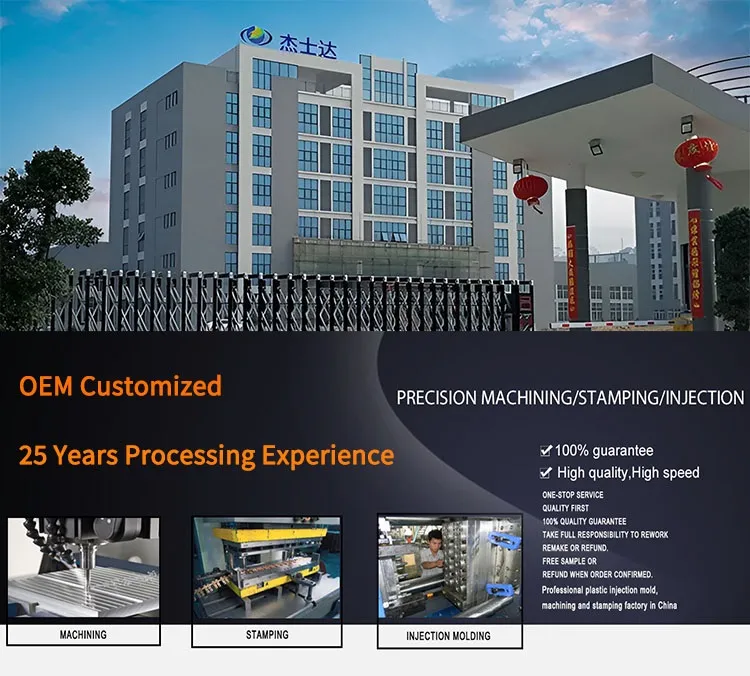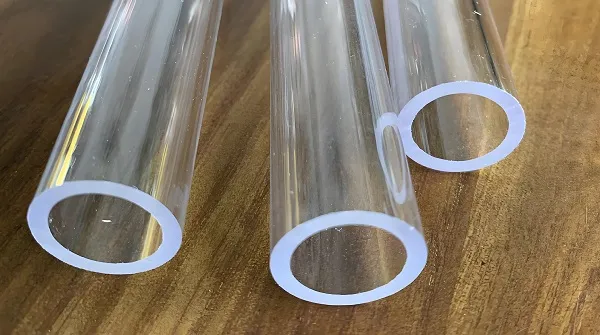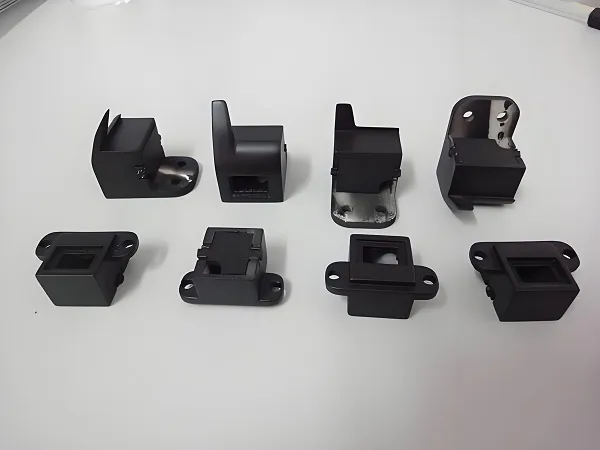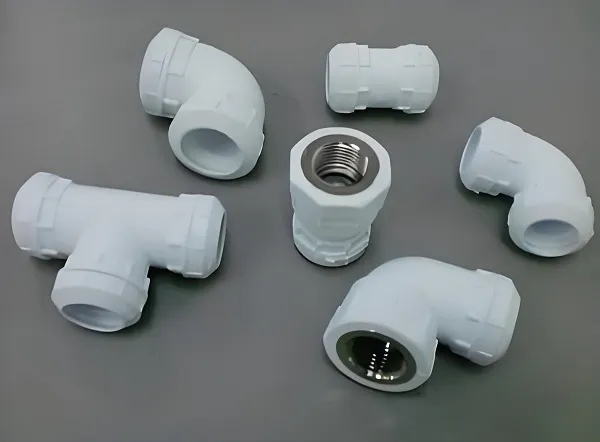Rubber Washers: Technical Decoding of Engineering Sealing Solutions A Full – dimensional Analysis from Molecular Structure to Industrial Applications
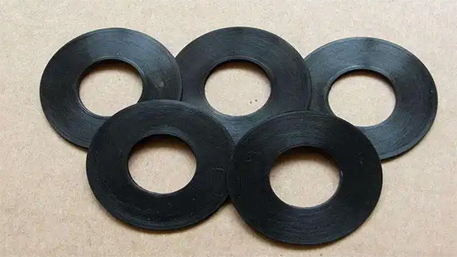
I. Materials Science: The Performance Foundation of Rubber Washers
The performance of rubber washers directly depends on material selection. Common materials include:
- Nitrile Butadiene Rubber (NBR): Excellent oil resistance (ASTM #3 oil swelling rate < 5%), with an operating temperature range of – 30°C to + 100°C.
- Ethylene – Propylene – Diene Monomer Rubber (EPDM): Outstanding ozone/UV resistance, applicable temperature range from – 50°C to + 150°C.
- Fluoroelastomer (FKM): Strong chemical corrosion resistance, can withstand high – temperature environments up to 200°C.
- Silicone Rubber (VMQ): Food – grade certified material, with an elastic retention rate > 90% (- 60°C to + 230°C).
Materials R & D trend: Nanofiller reinforcement technology reduces the compression set rate to less than 15%.
II. Key Technical Parameter System
| Parameter Category | Typical Indicators | Test Standards |
|---|---|---|
| Physical Properties | Hardness (Shore A 40 – 90) | ISO 7619 – 1 |
| Sealing Efficiency | Compression Rate (15 – 30%) | ASTM D395 |
| Environmental Adaptability | Medium – resistant Swelling Rate (< 10%) | ASTM D471 |
| Durability | Strength Retention Rate after Aging (> 80%) | ISO 188 |
III. Customized Production Process
- Requirement Analysis Stage
- Working Condition Scanning: Pressure range (0.1 – 20MPa), medium type, dynamic/static sealing requirements.
- 3D Reverse Engineering: Laser scanning accuracy up to ±0.02mm.
- Process Implementation Path
plaintext
Mold Design → Mixing of Rubber Compounds (Processed in a Banbury Mixer) → Pre - forming (Accuracy ±0.1mm)
→ Vulcanization Molding (Temperature 150 - 180°C) → Post - treatment (Deburring/Surface Modification)
→ 100% Air - tightness Detection (0.6MPa Pressure - holding Test)
- Special Process Options
- Metal Skeleton Encapsulation: Improve creep resistance.
- Surface PTFE Coating: Reduce the friction coefficient to less than 0.1.
- Conductive/Static – resistant Modification: Adjustable surface resistance range of 10³ – 10¹²Ω.
IV. Product Characteristics and Industrial Application Matrix
| Characteristic Dimension | Engineering Value Embodiment | Typical Application Scenarios |
|---|---|---|
| Dynamic Sealing | Leakage rate < 0.01mL/h in a vibrating environment | Hydraulic systems/Engines |
| Electrical Insulation | Dielectric strength > 20kV/mm | High – voltage electrical equipment |
| Vibration Damping and Buffering | Energy absorption rate > 65% | Precision instrument transportation packaging |
| Chemical Protection | Resistance to strong acids and alkalis (no cracking after 72h) | Chemical pipeline flange connections |
V. Cutting – edge Processing Technologies in the Industry
- Compression Molding 2.0: Adopting multi – cavity mold technology to achieve a dimensional tolerance of ±0.05mm.
- Liquid Silicone Rubber Injection (LSR): Shortens the molding cycle by 40%, suitable for the production of micro – washers.
- Laser Cutting Technology: Suitable for processing ultra – thin gaskets (0.2mm thickness).
- Intelligent Detection System: AI visual recognition defect detection rate > 99.7%.
VI. Selection Decision Tree
plaintext
Application Environment Analysis → Medium Compatibility Screening → Mechanical Parameter Calculation → Temperature Compensation Verification
→ Installation Space Adaptation → Cost - Benefit Evaluation → Prototype Testing → Mass Production Plan Confirmation
Conclusion
Modern rubber washers have evolved from simple seals to system engineering components. With the development of material modification technology and digital manufacturing, customized washers are breaking through traditional performance boundaries and demonstrating new application value in high – end fields such as new energy and semiconductors. Choosing a supplier with full – parameter control capabilities and a rapid response system will be a key strategy for improving equipment reliability.

